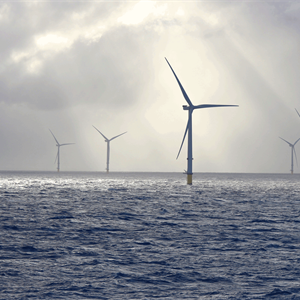House of Lords pushes back on government's AI bill without copyright protections
The House of Lords has voted to introduce an amendment to the Data (Use and Access) Bill that would require AI companies to reveal what copyrighted material they have used to train their AI models. When Labour came to power last year, science, innovation and technology secretary Peter Kyle said the government would prioritise laws around AI. In October 2024, to support the development, deployment and regulation of AI in the UK, the Data (Use and Access) Bill was introduced to parliament. The government said the aim of this bill is to “harness the power of data for economic growth, support a modern digital government and improve people’s lives”. Yesterday, the bill returned to the House of Lords for consideration of amendments made to the bill by MPs in the House of Commons, in a process…






















